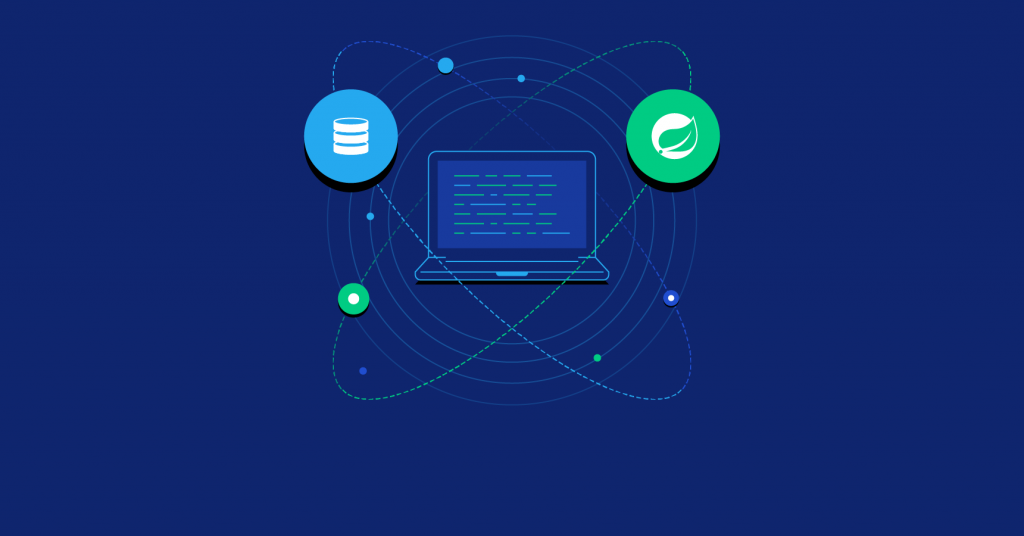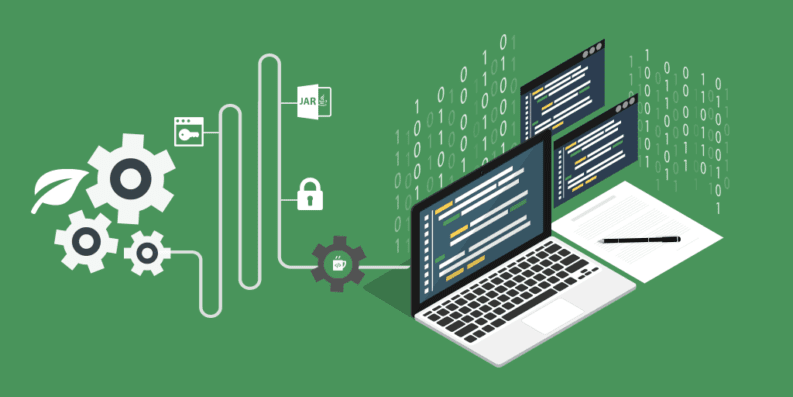What are Emotion Detection Tools?
Emotion detection tools are software applications or algorithms that use natural language processing (NLP) and machine learning techniques to analyze and interpret text, speech, or facial expressions to identify and classify the emotional states of individuals. These tools aim to understand and extract emotional information from various forms of communication, such as text messages, social media posts, customer reviews, or video recordings.
Here are the top 10 emotion detection tools:
- IBM Watson Natural Language Understanding
- Microsoft Azure Text Analytics
- Google Cloud Natural Language API
- Affectiva
- Empath
- Clarifai
- OpenAI GPT-3
- Noldus FaceReader
- SentiStrength
- Receptivity
1. IBM Watson Natural Language Understanding:
Powered by the supercomputer IBM Watson, The Tone Analyzer detects emotional tones, social propensities, and writing styles from any length of plain text. The API can be forked on GitHub. Input your own selection on the demo to see tone percentile, word count, and a JSON response. The IBM Watson Developer Cloud also powers other cool cognitive computing tools.
Key features:
- Sentiment Analysis: IBM Watson Natural Language Understanding can analyze text and determine the sentiment expressed, whether it is positive, negative, neutral, or mixed. It provides sentiment scores and allows you to understand the overall sentiment of your text data.
- Entity Recognition: The tool can identify and extract entities mentioned in the text, such as people, organizations, locations, dates, and more. It provides structured information about the entities present in the text.
- Concept Extraction: IBM Watson Natural Language Understanding can identify and extract key concepts or topics discussed in the text. It helps in understanding the main ideas and themes present in the content.
2. Microsoft Azure Text Analytics:
Microsoft Azure Text Analytics offers sentiment analysis capabilities that can detect positive, negative, or neutral sentiments in text, which indirectly reflects emotions.
Key features:
- Sentiment Analysis: Azure Text Analytics can perform sentiment analysis on text, providing a sentiment score that indicates the overall sentiment expressed in the text, whether it is positive, negative, or neutral. It can also identify the strength of the sentiment.
- Entity Recognition: The tool can automatically identify and extract entities mentioned in the text, such as people, organizations, locations, dates, and more. It provides structured information about the entities present in the text.
- Key Phrase Extraction: Azure Text Analytics can extract key phrases or important topics from the text. It identifies the most significant phrases that summarize the content and provides a quick understanding of the main themes.
3. Google Cloud Natural Language API:
Google Cloud Natural Language API provides sentiment analysis that can identify the sentiment expressed in text, allowing for emotion detection.
Key features:
- Sentiment Analysis: The API can analyze text and determine the sentiment expressed, whether it is positive, negative, or neutral. It provides sentiment scores and magnitude to understand the overall sentiment and the strength of the sentiment in the text.
- Entity Recognition: The API can automatically identify and extract entities mentioned in the text, such as people, organizations, locations, dates, and more. It provides structured information about the entities and their corresponding types.
- Entity Sentiment Analysis: In addition to entity recognition, the API can also provide sentiment analysis specifically for each recognized entity. It can determine the sentiment associated with each entity mentioned in the text.
4. Affectiva:
Affectiva is a leading emotion AI company that offers emotion detection software using computer vision and deep learning algorithms. It can analyze facial expressions to detect emotions in real time.
Key features:
- Emotion Recognition: Affectiva specializes in facial expression analysis to detect and recognize emotions. Its technology can analyze facial expressions captured through images or videos and identify emotions such as joy, sadness, anger, surprise, fear, and more.
- Real-time Emotion Detection: Affectiva’s technology can perform real-time emotion detection, allowing for immediate analysis of facial expressions and emotional states as they occur. This feature is particularly useful in applications such as market research, user experience testing, and video analysis.
- Facial Landmark Tracking: Affectiva’s tools can track and analyze facial landmarks or key points on a person’s face. This enables a more detailed and precise analysis of facial expressions and provides insights into specific muscle movements related to different emotions.
5. Empath:
Empath is an open-source library that provides emotion detection and sentiment analysis capabilities. It can analyze text and categorize it based on various emotions.
Key features:
- Emotion Detection: Empath provides a pre-trained model that can detect and categorize emotions in text. It can identify emotions such as joy, sadness, anger, fear, surprise, and more.
- Domain-specific Analysis: Empath is trained on a large corpus of text from different domains, allowing it to provide domain-specific analysis. It can detect emotions and sentiments specific to certain topics or fields of interest.
- Fine-grained Categories: The library offers a wide range of fine-grained categories to classify text. It can analyze text based on hundreds of categories, including emotions, social themes, personal preferences, and more.
6. Clarifai:
Clarifai offers a range of computer vision and natural language processing APIs, including emotion recognition. It can analyze images or text to detect emotions expressed within them.
Key features:
- Image and Video Recognition: Clarifai can analyze images and videos to recognize and classify objects, scenes, concepts, and more. It uses deep learning algorithms to provide accurate and reliable recognition results.
- Custom Model Training: Clarifai allows users to train custom models based on their specific needs and data. You can upload your own labeled images or videos to create custom models that can recognize specific objects or concepts relevant to your application.
- Object Detection and Localization: The platform can detect and localize objects within images or videos, providing bounding boxes around the objects of interest. This feature is useful for tasks such as object counting, tracking, and region-of-interest analysis.
7. OpenAI GPT-3:
OpenAI’s GPT-3, a powerful language model, can be used for emotion detection by analyzing text and identifying emotional context.
Key features:
- Language Generation: GPT-3 is capable of generating human-like text in response to prompts or questions. It can generate coherent and contextually relevant paragraphs, essays, articles, stories, code snippets, and more.
- Contextual Understanding: GPT-3 demonstrates a strong understanding of context and can maintain coherent conversations or discussions over multiple turns. It can comprehend and respond to complex queries, adapting its responses based on the preceding context.
- Natural Language Understanding: GPT-3 can understand and interpret natural language text, including nuanced meanings, context-dependent references, and subtleties in language. It can grasp the semantics and nuances of user queries or prompts.
8. Noldus FaceReader:
Noldus FaceReader is a software tool that specializes in facial expression analysis for emotion detection. It can analyze facial movements and expressions to determine emotional states.
Key features:
- Facial Expression Analysis: FaceReader uses computer vision and machine learning algorithms to analyze facial expressions in real time. It can automatically detect and analyze a range of facial expressions, including happiness, sadness, anger, surprise, disgust, fear, and more.
- Emotion Detection: The software can identify and classify emotions based on the detected facial expressions. It provides quantitative data on the intensity and duration of each emotion expressed by the person being analyzed.
- Real-time Monitoring: FaceReader is designed for real-time analysis, allowing for live monitoring and analysis of facial expressions during interactions, presentations, or experiments. It provides immediate feedback on the emotional states of individuals.
9. SentiStrength:
SentiStrength is a sentiment analysis tool that can be used for emotion detection. It assigns sentiment scores to text based on the strength of positive and negative emotions expressed.
Key features:
- Sentiment Classification: SentiStrength classifies the sentiment of text into two dimensions: positive and negative. It provides a binary classification, indicating the strength of positive and negative sentiments present in the analyzed text.
- Strength Detection: In addition to sentiment classification, SentiStrength assigns a strength score to each sentiment dimension (positive and negative). It indicates the intensity or magnitude of sentiment expressed in the text.
- Language-specific Models: SentiStrength offers language-specific models for sentiment analysis. It has models available for various languages, allowing users to analyze text in different languages and capture sentiment patterns specific to each language.
10. Receptiviti:
Receptivity is an emotion AI platform that offers emotion detection and personality insights. It can analyze text data to identify emotions and provide a deeper understanding of individuals’ emotional states.
Key features:
- Personality Insights: Receptiviti provides personality insights by analyzing text data. It uses linguistic analysis and machine learning algorithms to assess personality traits, including the Big Five personality traits (Openness, Conscientiousness, Extraversion, Agreeableness, and Neuroticism) and other psychological dimensions.
- Emotional Analysis: The platform analyzes text to identify and measure emotional expressions. It detects and categorizes emotions such as happiness, sadness, anger, fear, and more. It provides insights into the emotional states expressed in the text.
- Behavioral Profiling: Receptiviti profiles individuals based on their text data to identify behavioral patterns and preferences. It can uncover characteristics related to communication style, decision-making, risk tolerance, and other behavioral traits.





